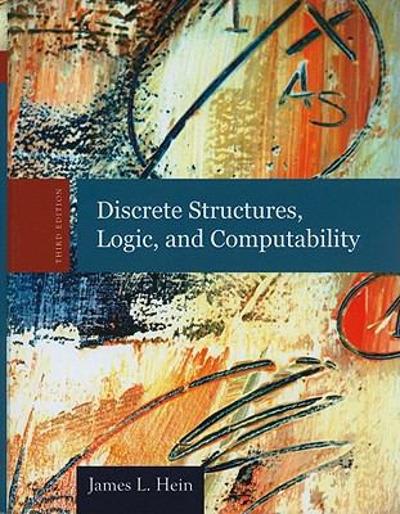Question
1. For each of the scenarios below, answer whether it can be represented by a binomial distribution. If it can, explain why it meets the
1. For each of the scenarios below, answer whether it can be represented by a binomial distribution. If it can, explain why it meets the criteria for a binomial distribution. If it cannot, explain why it fails to meet the criteria for a binomial distribution.
a. It is estimated that 6% of individuals in the U.S are universal blood donors, calculating the chances that out of 15 blood donors who walk in the door two of them being a universal blood donors.
b. A quality inspector at a tablet manufacturing site randomly selecting k tablets that are defective out of 1000 manufactured per day.
c. A researcher surveying randomly selected individuals until he or she finds someone who is color blind.
2. It is estimated that 6% of individuals in the U.S are universal blood donors. A local blood center reports having 15 volunteers on a given day.
a. What is the probability that exactly two of them are universal blood donors?
b. What is the probability that at least one of them is a universal blood donor?
c. What are the mean and standard deviation of the number of people who are universal blood donors?
d. Explain what information you obtain from the mean and standard deviation within this context.
Step by Step Solution
There are 3 Steps involved in it
Step: 1

Get Instant Access to Expert-Tailored Solutions
See step-by-step solutions with expert insights and AI powered tools for academic success
Step: 2

Step: 3

Ace Your Homework with AI
Get the answers you need in no time with our AI-driven, step-by-step assistance
Get Started


